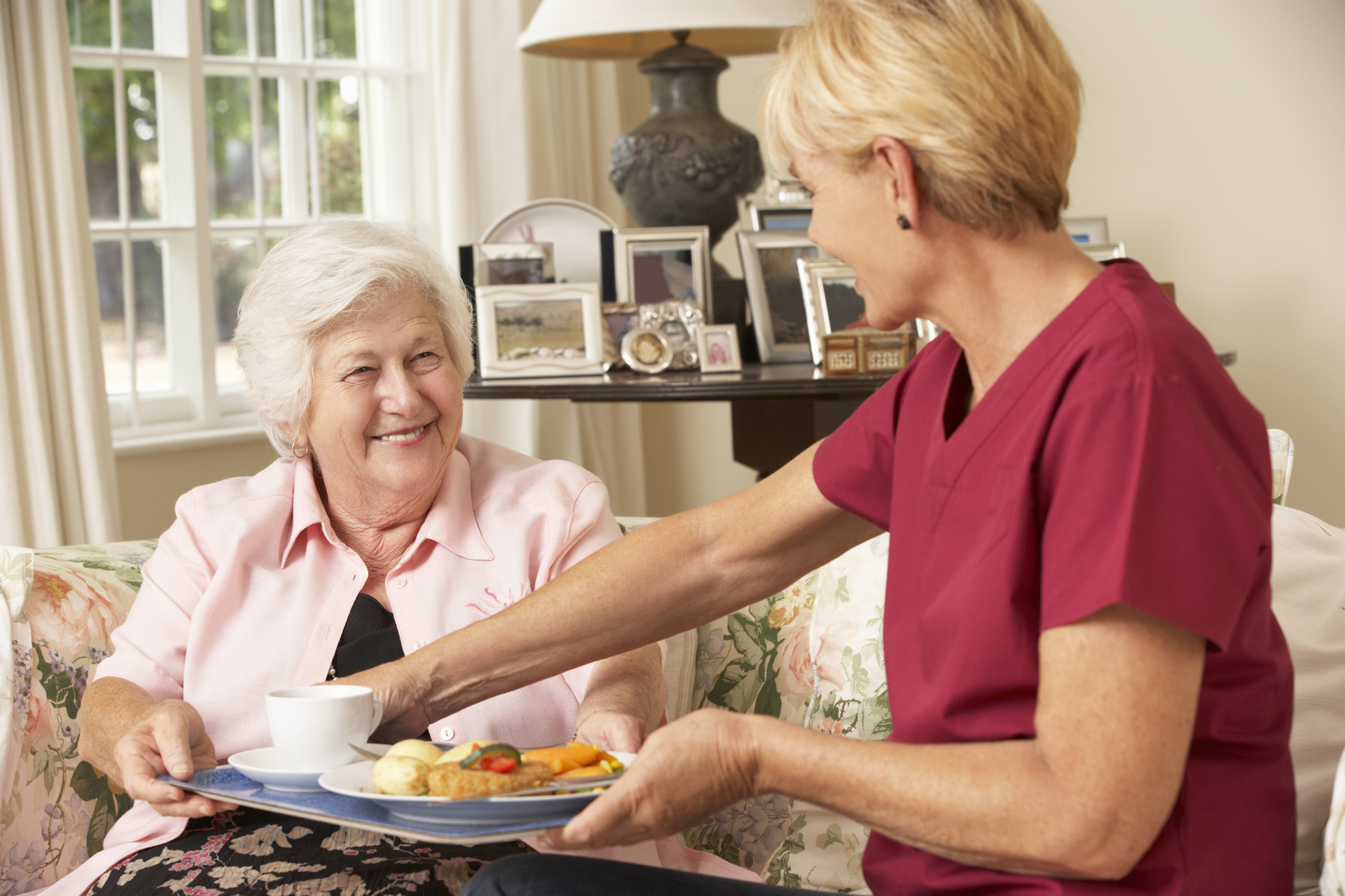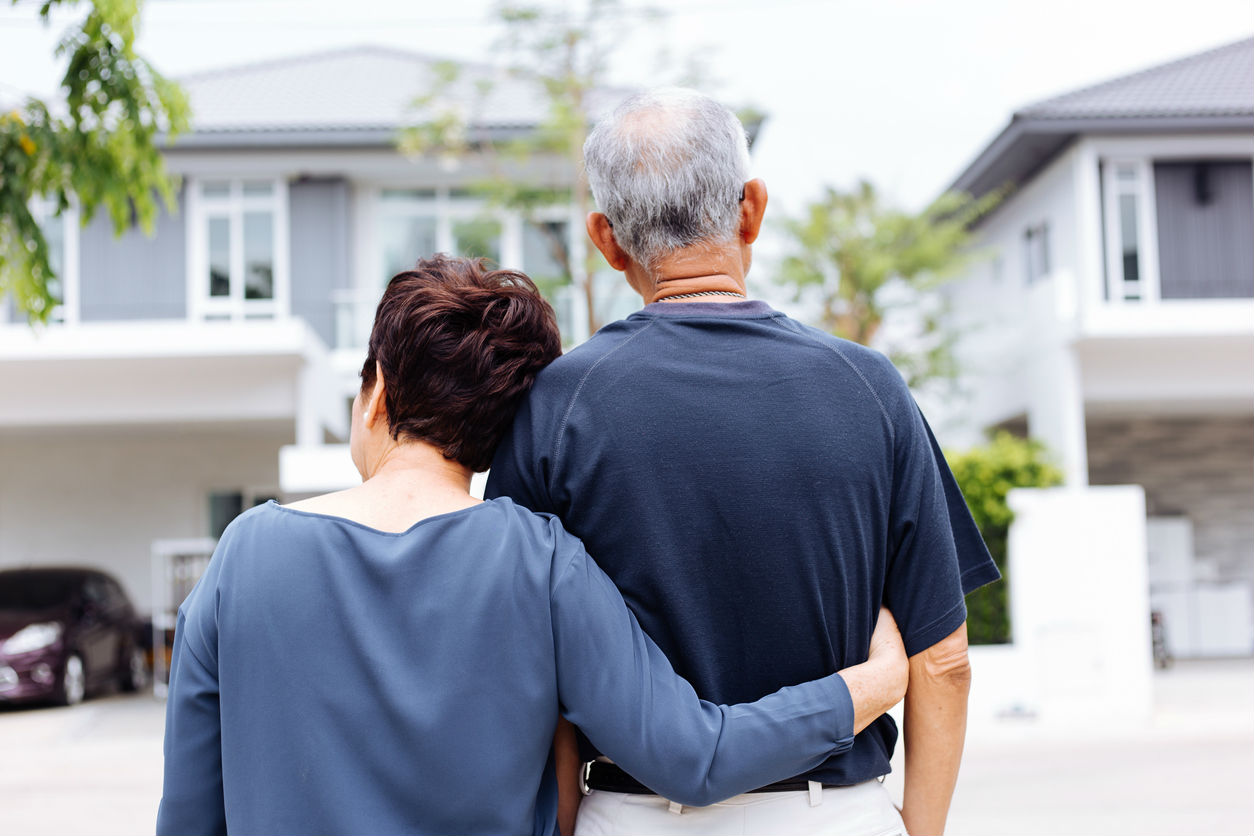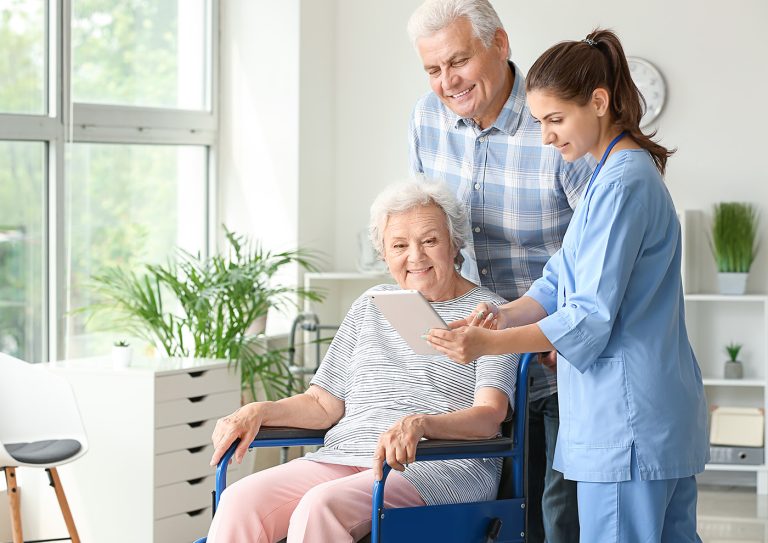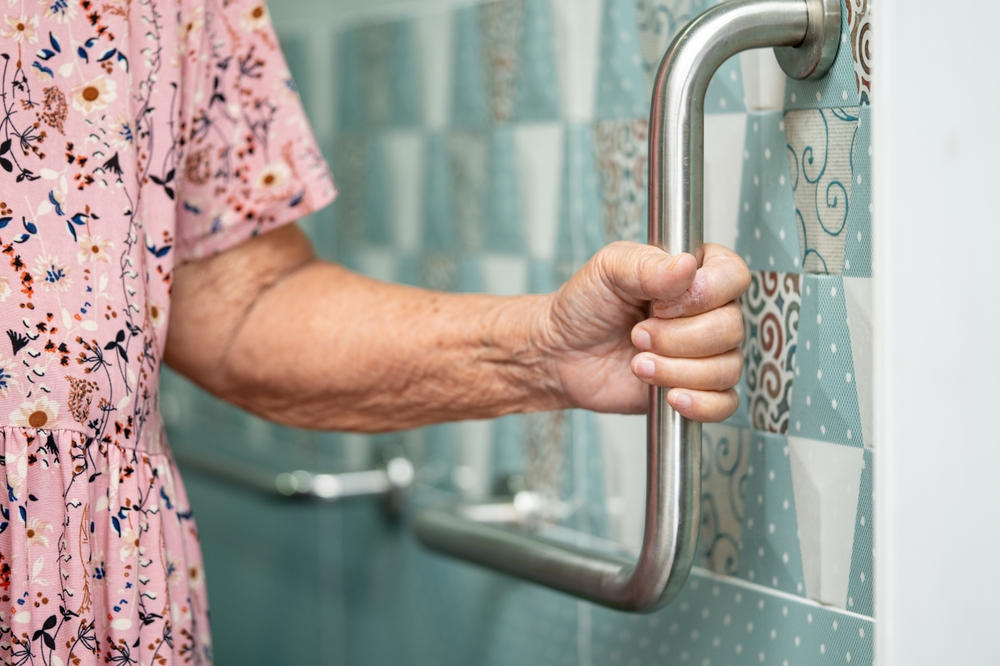As our loved ones age, ensuring their safety becomes a top priority, especially when they choose to age in place. Fall detection for aging in place is a crucial aspect of maintaining independence while safeguarding against potential injuries. In this comprehensive guide, we will explore the significance of fall detection systems and how they contribute to a safer home environment for seniors.

Understanding the Need for Fall Detection
Falls are a common issue among older adults, leading to serious injuries and even fatalities. According to the CDC, one out of four older adults falls each year, but less than half tell their doctor. This highlights the need for effective fall detection systems to provide timely assistance and prevent further complications.
Why Aging in Place?
Aging in place allows seniors to live in their own homes, surrounded by familiar settings and loved ones. It promotes a sense of independence and comfort. However, it also necessitates a proactive approach to safety, particularly in preventing falls that can jeopardize their well-being.
How Fall Detection Systems Work
Fall detection systems are designed to automatically detect falls and alert caregivers or emergency services. These systems use sensors and advanced algorithms to identify the sudden movements indicative of a fall. Once a fall is detected, an alert is sent, ensuring timely assistance.
Types of Fall Detection Devices
There are various types of fall detection devices available, including wearable devices, in-home sensors, and smart home integrations. Each type offers unique advantages, making it essential to choose the right solution based on individual needs.
Benefits of Fall Detection Systems
The primary benefit of fall detection systems is the peace of mind they provide to both seniors and their families. Knowing that help is just a call away allows seniors to live independently without constant fear of falling. Additionally, these systems can significantly reduce the time it takes to receive assistance, potentially saving lives.
Improving Response Times
With immediate alerts sent to caregivers or emergency services, fall detection systems ensure that help arrives quickly. This rapid response can minimize the severity of injuries and facilitate faster recovery.
Choosing the Right Fall Detection System
When selecting a fall detection system, consider factors such as ease of use, reliability, and cost. It’s also important to involve the senior in the decision-making process to ensure the chosen solution meets their preferences and needs.
Wearable vs. Non-Wearable Devices
Wearable devices, like pendants or watches, are convenient and portable, while non-wearable devices, such as bed or floor sensors, offer a more seamless integration into the home environment. Weighing the pros and cons of each can help in making an informed decision.
Integrating Technology in Senior Care
As technology advances, integrating it into senior care becomes increasingly beneficial. Fall detection systems are just one example of how technology can enhance safety and improve the quality of life for seniors.
Smart Home Features
Smart home features, such as automated lighting and voice-activated assistants, can complement fall detection systems. These innovations create a more accessible and supportive environment for aging in place.
Ensuring the Effectiveness of Fall Detection
To ensure fall detection systems work effectively, regular maintenance and testing are crucial. Routine checks can prevent malfunctions and guarantee the system is ready to respond when needed.
Testing and Maintenance
Encourage regular testing of fall detection devices to ensure they are functioning correctly. Routine maintenance can also extend the lifespan of the equipment, providing long-term reliability.
The Role of Caregivers in Fall Prevention
Caregivers play a vital role in fall prevention. By staying informed about the latest fall detection technologies and incorporating them into the care plan, caregivers can enhance the safety and well-being of seniors.
Creating a Safe Home Environment
Modifying the home environment to reduce fall risks is essential. This includes removing tripping hazards, adding grab bars, and ensuring adequate lighting throughout the home. For more tips, check out our article on fall risks.
Future Innovations in Fall Detection
The future of fall detection is promising, with ongoing research and development focusing on improving accuracy and integrating artificial intelligence. These advancements will further enhance the safety and independence of seniors aging in place.
AI and Machine Learning
Artificial intelligence and machine learning are being incorporated into fall detection systems to improve their predictive capabilities. These technologies enable systems to learn individual movement patterns and detect anomalies more accurately.
Conclusion: A Safer Future for Seniors
In conclusion, fall detection for aging in place is a vital component of senior care. By leveraging technology and fostering a proactive approach to safety, we can create a supportive environment that allows seniors to live independently and securely. For more insights on fall detection, visit our article on the importance of fall detection.

FAQ
What is fall detection?
Fall detection refers to systems designed to identify when a fall occurs and alert caregivers or emergency services for prompt assistance.
How do fall detection devices work?
Fall detection devices use sensors and algorithms to monitor movements and detect sudden changes that indicate a fall. Alerts are then sent to designated contacts.
Are fall detection systems reliable?
Yes, when properly installed and maintained, fall detection systems are reliable tools for ensuring the safety of seniors aging in place.
This article contains affiliate links. We may earn a commission at no extra cost to you.






